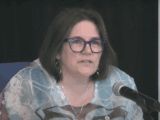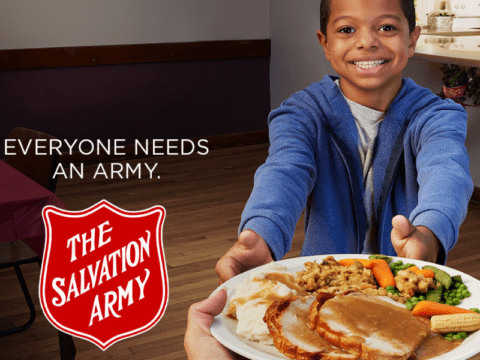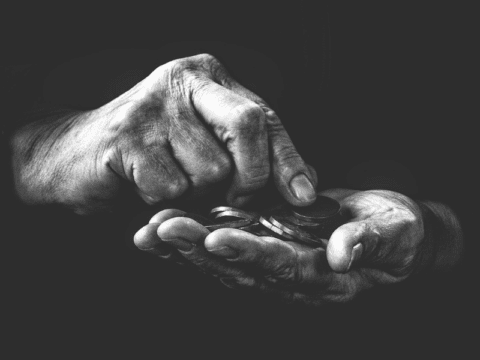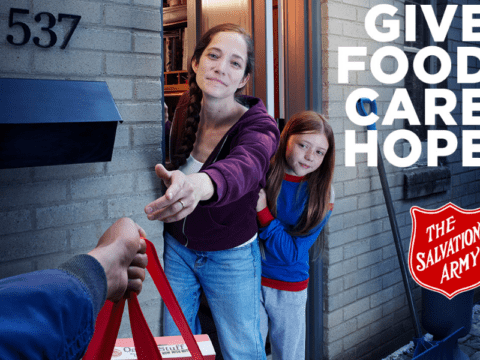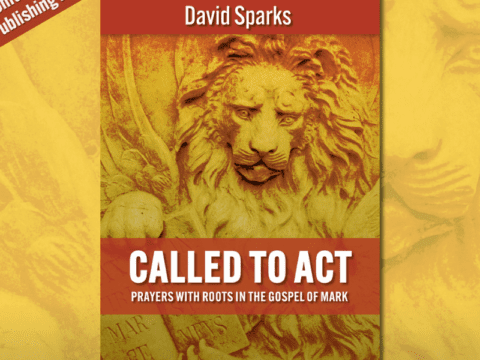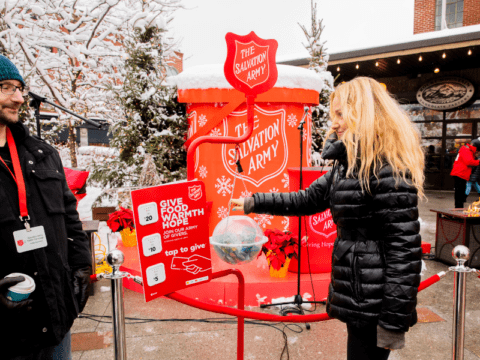One of the most important things a community of faith can do to help disrupt a narrative of decline or death is to share inspiring, exciting, stories about how they are making a difference in the lives of people and the broader community. What are you doing? How are you using the resources that God has given you to make a difference? Remember, your resources go beyond your bank account. They include your building, property, minister, and the people whom God has brought together to be your church.
When I teach the Stewardship Best Practices module of Called to Be the Church: The Journey, one of the recurring themes I hear over and over is, “Yeah, but most of our budget goes toward the building and the minister.”
Let’s just pause and think about that for a moment. The implication in a statement like that is that those are not expenses worth talking about. Intuitively, our learning teams know that it’s a hard sell to get people to give just to keep the lights on or pay a salary. But is that really all that’s going on with either your building or ministry personnel?
Now, first a disclaimer. Many communities of faith are in the process of discerning whether or not they really do need a building of their own. There are all kinds of models emerging for how people gather and live out their faith. Likely, there will be more and more congregations that meet fully on-line in the future, and that’s great. However, many of our communities of faith are still focused in physical places serving the needs of both the congregation and the wider neighbourhood. When donors support these churches, they aren’t giving to just keep the lights on. But what are they giving to exactly?
Eden United Church in Mississauga is one such community of faith. Their building can, at times, feel like Union Station with lots of different folks coming and going. Nested in their building is a nonprofit focused on food security, and they also host a day care. When they plan events from their building and property, they think about what might be meaningful to the immediate community and have hosted concerts and days to recycle old electronics.
Our Stewardship Best Practices course didn’t teach them how to do this great ministry but it did help them better communicate who they already were. Instead of a stewardship appeal asking for money to “maintain an aging building that needs many repairs,” that would suggest their purpose is to keep up an old building, Eden United, after some coaching, recently thanked their donors for creating opportunities for worship, education, outreach, and fellowship. These are the things which happen in the building, but it’s not about the building. They also expressed gratitude for offerings that made it possible for community partners to “have a home in our building.” This shift from seeing the building as a burden for us to keep up to something we care for on behalf of the wider community seems to have led some new people to Eden- both to participate and to financially support the ministry. That physical location is valuable to many in the area for all kinds of reasons, and many are invested in it staying there.
So why does your community of faith have a building? What would you lose if you didn’t have one? Is it a home for spiritual growth and faith formation? A vessel for hospitality and welcome? If you have recently done some upgrades or renovations, was it just because ramps and elevators are fun or was it to make your sacred space more welcoming and inclusive? What story are you telling?
If you feel your community of faith could use some support translating your expenses into a compelling, inspiring story of ministry, consider signing up for the next round of Stewardship Best Practices this September. Following it, your team will receive a year of coaching to help you meet your goals. A member from Eden recently said, “What has been and continues to be a highlight in this training is the ongoing coaching model. Without constant contact … I don’t think we would have been able to be as clear … about what our goals are and how we mean to make them happen.”
I look forward to learning more about your ministry and sharing that story with all those who encounter your community.
***
Written by: Rev. Brenna Baker – Community of Faith Stewardship Support staff for Horseshoe Falls, Antler River Watershed and Western Ontario Waterways Region.





